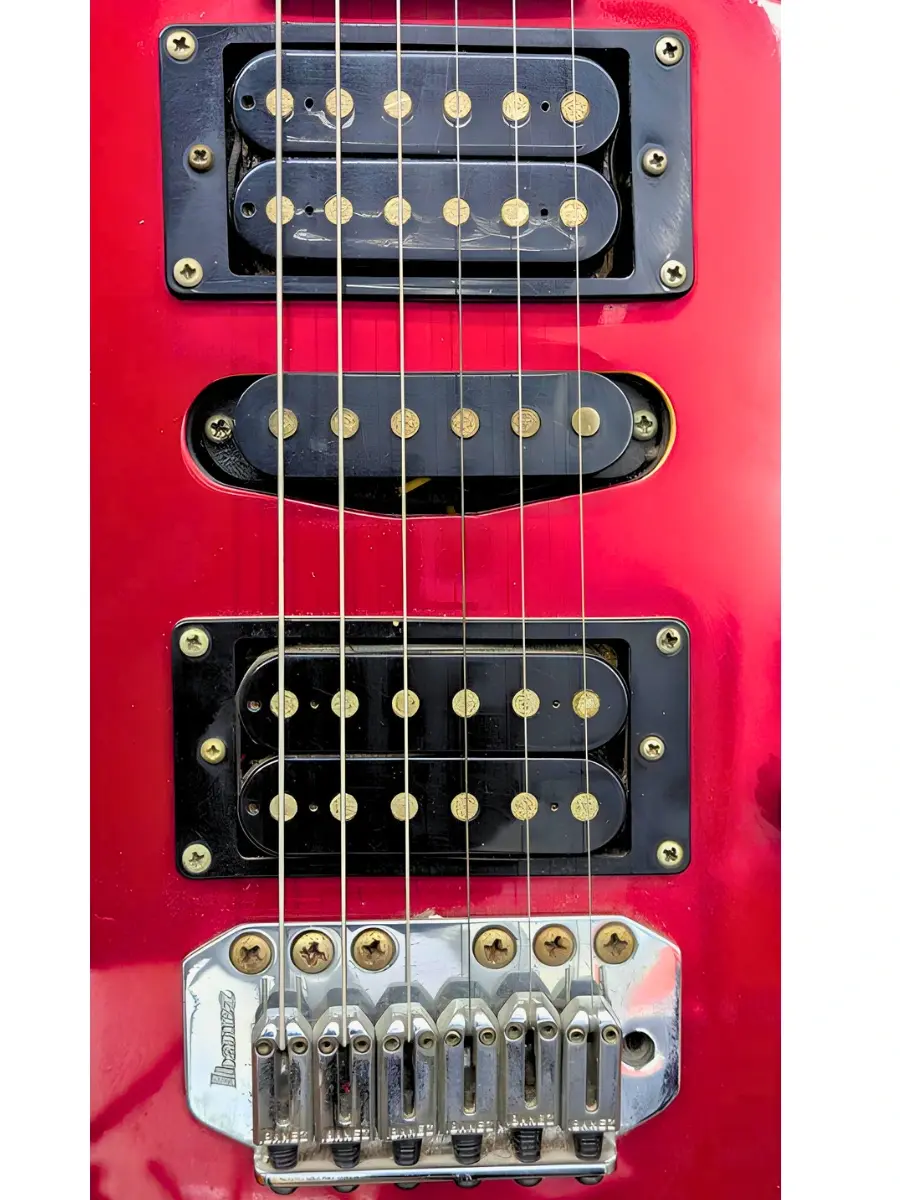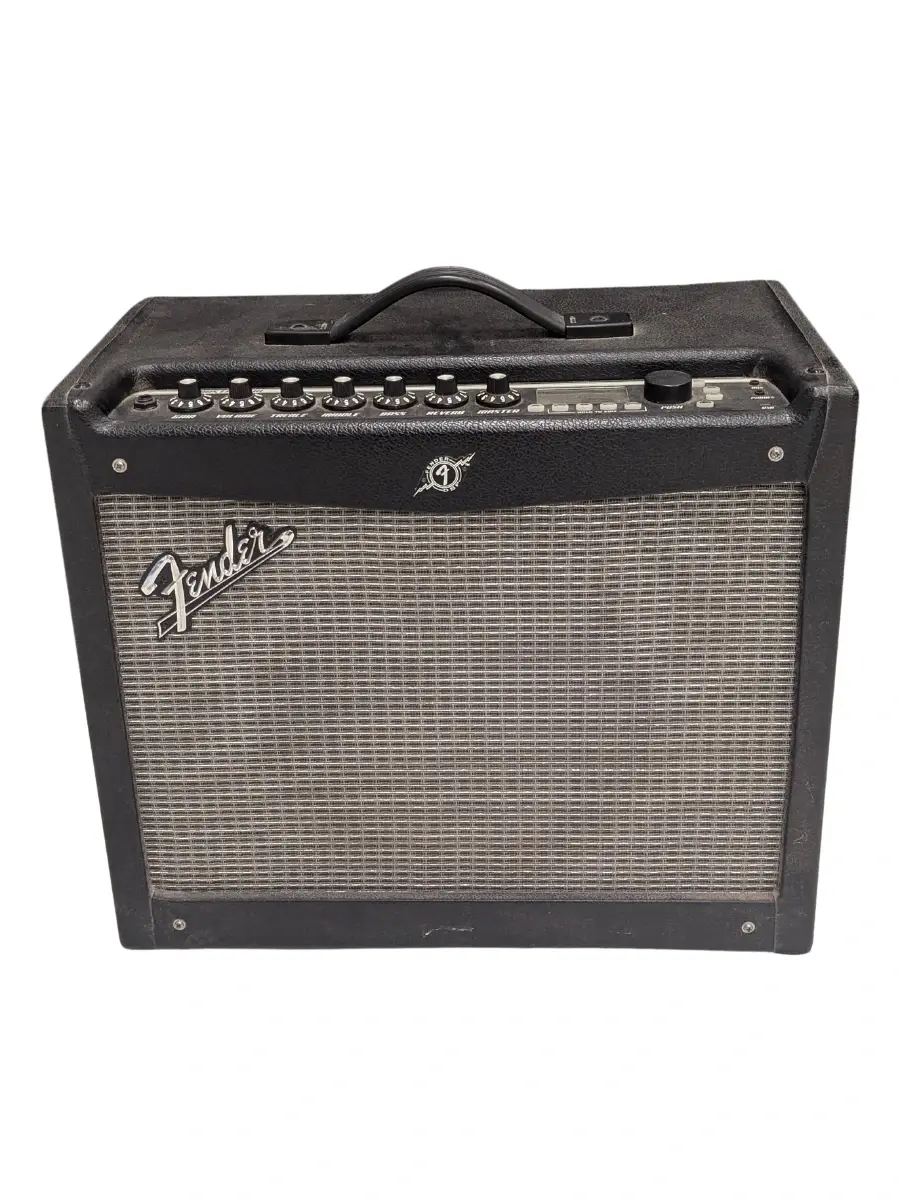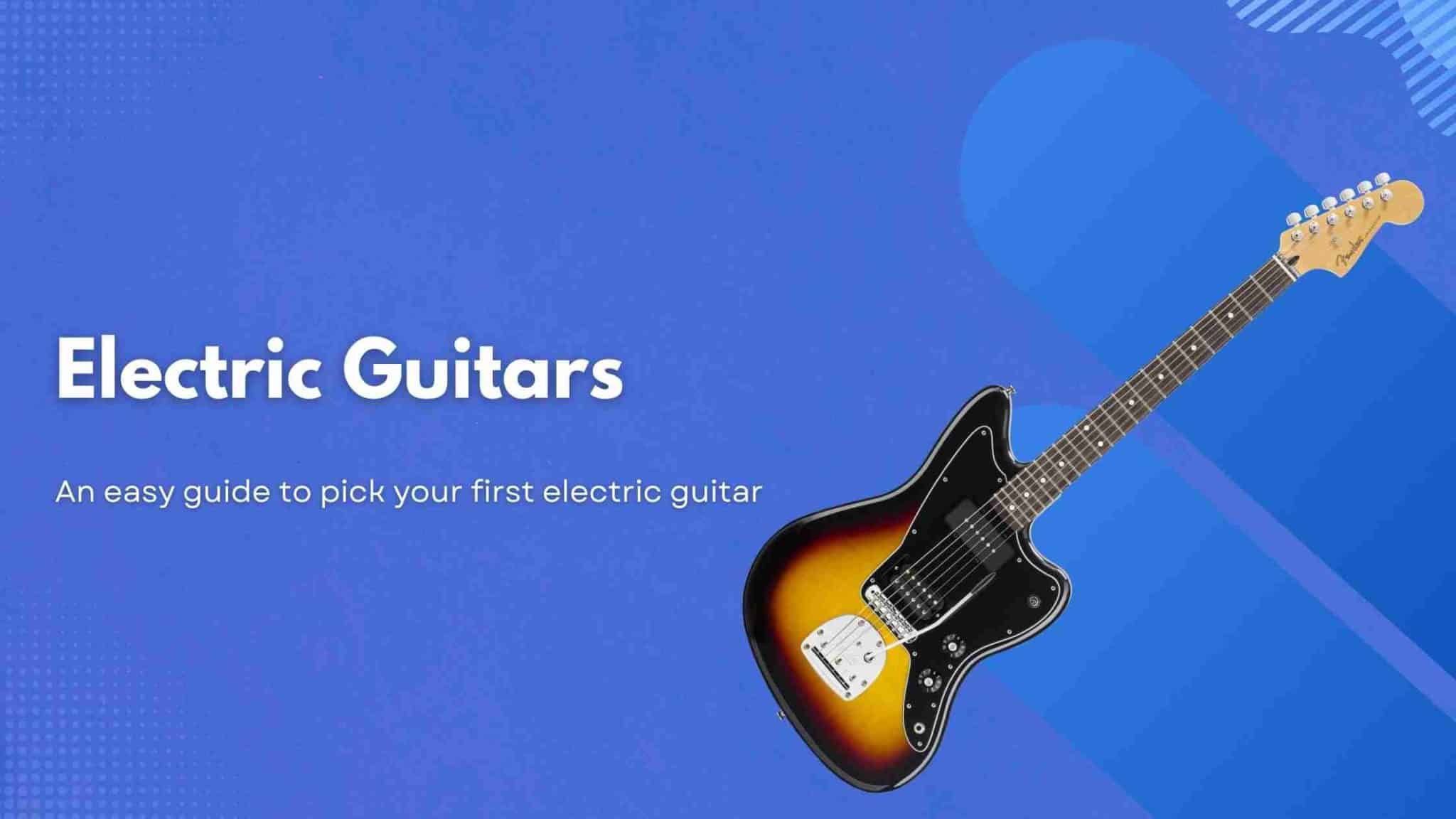Electric Guitars became popular in the mid-60s. During this period many popular Guitarists started using Electric Guitar. Guitarists and bands had to play for larger crowd gatherings and there was a need for Guitars to be plugged into amplifiers so that sound can be amplified many times. Each Guitarist added his or her signature style sound and this gave birth to a wide variety of guitars.
Today with advances in technology an Electric Guitar can be used to produce a wide variety of sounds. It can be used in different music genres like Rock, Pop, Rock n Roll, Blues, Country, Jazz, Hindustani, Carnatic, Heavy Metal styles, etc. Today popular brands manufacture guitars specific for each genre.
How does the sound come out when you play an Electric Guitar?
If you play an Electric Guitar without plugging it into an amplifier, the sound will be very low and people around you will not be able to hear the sound properly. Then the question is how does the sound come out. All electric guitars have pick-ups. The guitar is plugged into an amplifier using a cable. An amplifier is a device used to magnify the sound many times. When you strum the strings on Guitar, the pick-ups actually pick up the sound or the vibrations as signals are transmitted to the amplifier. The amplifier amplifies or increases the volume and you hear the sound.


Role of Electric Guitars
Electric Guitars are broadly divided into two types. They are.
- Lead and Rhythm Guitars: The most widely used lead or rhythm guitars have 6 strings. A lead guitar is used to play the lead or riff, which are the dominant music parts of using Guitar in the song. A rhythm guitar is used to play the backing for the song as a melody. A 6 string guitar is good enough for a beginner. However, some professional guitarists use even 7 or 8 String Guitars.
- Bass Guitars The bass guitar produces lower frequency notes, which gives the ‘boom’ sound. Bass Guitars predominantly have 4 strings. However, there are 5 and 6-string Bass Guitars that are used by professional bass guitarists.
Standard Tuning for Guitars
There are many types of Guitar tuning. Standard tuning is used most widely tuning type. Given below are the details
- 6 String Guitar. The standard tuning of this Guitar is EBGDAE (from thinnest to thickest string)
- 7 String Guitar. The tuning of this is Guitar is EBGDAEB (from thinnest to thickest string)
- 8 String Guitar: The tuning of this Guitar is EBGDAEBF# (from thinnest to thickest string)
- 4 String Guitar: The tuning of this Guitar is GDAE (from thinnest to thickest string)
Types of Electric Guitars
Basically, if you put a pick up on any Guitar including a hollow Guitar then if the sound is amplified using an amplifier you can refer to them as Electric Guitar. There are 3 main varieties of Electric Guitars. They are
1. Solid Body Electric Guitars
The most common type suitable for a beginner Guitarist is the Solid-body type. This type of Guitar is carved out of a single piece of large wood. They are generally sturdy and relatively heavy.
2. Hollow Body Electric Guitars
The body of the Guitar is hollow and therefore the sound is ‘richer’ like that of an acoustic Guitar. They are relatively lesser in weight compared to that solid body types.
3. Semi-hollow Body Electric Guitar
This type of Guitar is somewhere in between a Solid and a hollow body.
Different types of Guitar Body Shapes
The Electric Guitar body comes in many different shapes. The popular ones are Stratotcaster or Strat type, Telecaster, Double cutaway, Leslie paul or LP type and V shape.
Electric Guitar price
Starting price of good top brands of electric Guitars is Rs. 9000. These are entry-level – beginner guitars. Prices can go higher depending upon the brand, quality of material used, and the tone it can produce. Basically, as you go up the Guitars can produce better quality tones and they look great. The top brands are Fender, Gibson, Yamaha, Ibanez, ESP, Epiphone, Cort, Scheter, etc
































